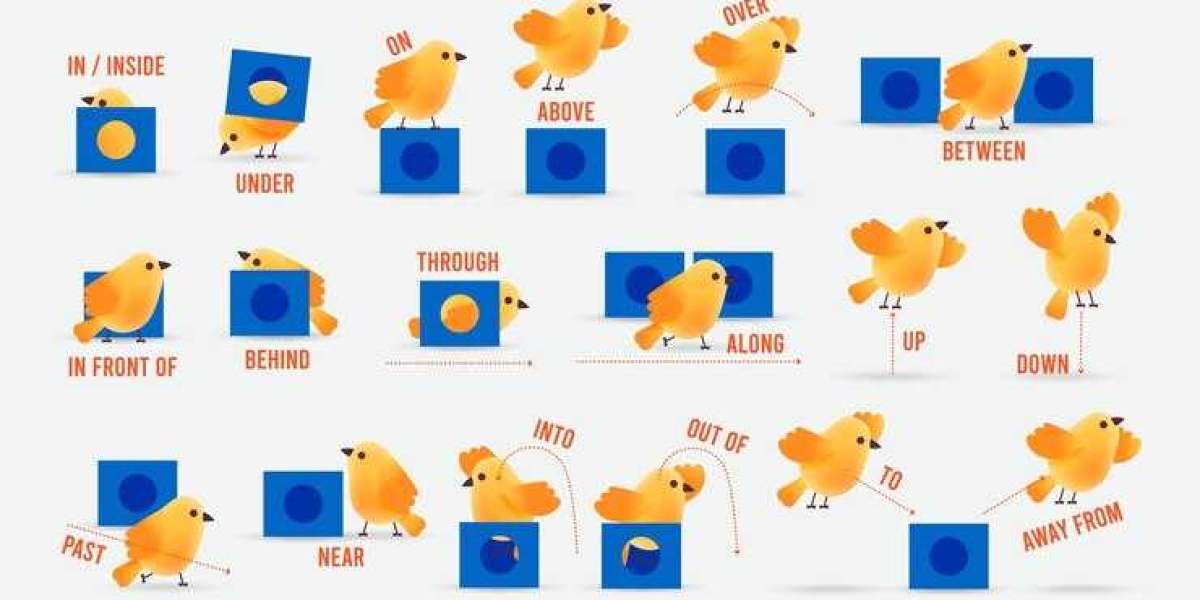Animation has evolved into an essential tool across industries, from entertainment to education, corporate communication, and technical explanations. Choosing between 2D animation and 3D animation depends on the project’s objectives, budget, and target audience. Both forms have unique characteristics, advantages, and limitations that cater to different needs. This article delves into their differences while exploring the potential of 3D animation services in creating corporate video animation, animated training videos, and tech explainer videos.
1. Definition and Core Concepts
2D Animation
2D animation involves creating characters, objects, and environments in two dimensions: height and width. It uses techniques like traditional hand-drawn animation, vector-based graphics, or frame-by-frame sequencing. Examples include classic Disney films like The Lion King and explainer animations that rely on a flat, minimalist style.
3D Animation
3D animation adds depth to the visual elements, creating realistic representations by simulating three dimensions: height, width, and depth. It leverages advanced software for modeling, rigging, texturing, and rendering, producing immersive outputs seen in movies like Toy Story or interactive simulations for industrial purposes.
2. Visual Appearance
Flat vs. Realistic
- 2D Animation: Focuses on artistic expression, often featuring vibrant colors, exaggerated motions, and creative styles. It thrives on simplicity and is ideal for storytelling that doesn’t demand hyper-realism.
- 3D Animation: Offers lifelike visuals with intricate details in textures, lighting, and shading. It creates depth and perspective, making it perfect for realistic portrayals in tech explainer videos or product visualizations.
Immersion Factor
3D animation tends to captivate viewers by offering a near-tangible experience. This quality is invaluable in corporate video animation, where creating a lasting impression matters.
3. Production Process
Techniques and Tools
- 2D Animation:
- Drawing: Traditional hand-drawing or digital sketches.
- Software: Adobe Animate, Toon Boom, and Moho.
- Timeline: Sequential frame manipulation with limited tools for automation.
- 3D Animation:
- Modeling: Building 3D objects or characters.
- Rigging: Designing skeleton structures for movement.
- Texturing Lighting: Adding surface details and illumination.
- Rendering: Finalizing the animation for display.
- Software: Blender, Maya, and 3ds Max.
Complexity and Time Investment
While 2D animation is faster and cost-effective for simple projects, 3D animation requires more time and resources due to its multi-stage workflow. For projects like animated training videos, the production process depends on the desired level of engagement and realism.
4. Applications
2D Animation
Its versatility and affordability make 2D animation a go-to choice for:
- Educational Content: Simplifying concepts for e-learning platforms.
- Marketing Videos: Crafting engaging explainer videos.
- Mobile Games: Designing lightweight, visually appealing characters.
3D Animation
The dynamic and immersive nature of 3D animation is leveraged in:
- Corporate Video Animation: Impressing stakeholders with visually compelling presentations.
- Tech Explainer Videos: Demonstrating product functionality or complex systems.
- Animated Training Videos: Simulating real-world scenarios for workforce training.
For instance, a company launching an innovative tech product might use 3D animation to create an engaging explainer video that details its unique features and operations.
5. Interactivity and Customization
Static vs. Interactive
- 2D Animation: Primarily linear and less interactive, making it suitable for straightforward storytelling.
- 3D Animation: Easily integrated with interactive technologies like virtual reality (VR) and augmented reality (AR), enabling immersive experiences.
Industry Adoption
Industries like healthcare, automotive, and engineering favor 3D animation for technical illustrations, while 2D animation remains prominent in media, advertising, and education.
6. Cost Considerations
- 2D Animation: Cost-effective due to fewer technical requirements. Ideal for startups or businesses with limited budgets.
- 3D Animation: More expensive due to specialized tools, software, and expertise. However, it offers a higher return on investment for projects requiring realism and depth, like corporate video animation or tech explainer videos.
7. Emotional Connection and Storytelling
Relatability
- 2D Animation: Often perceived as nostalgic, evoking emotions tied to childhood memories. This makes it effective for brand storytelling and marketing campaigns.
- 3D Animation: Creates a wow factor through visual realism, making it ideal for impactful corporate messages or presentations.
Flexibility in Style
While 2D is bound by artistic styles, 3D allows blending styles—such as cartoonish characters in realistic environments—making it versatile for various audiences.
8. Learning Curve for Animators
2D animation is relatively easier to learn, making it accessible for budding artists. On the other hand, 3D animation demands proficiency in complex software and an understanding of physics, geometry, and rendering technologies.
This difference reflects in the availability of professionals: while 2D animators are abundant, finding skilled 3D animators for corporate video animation or animated training videos might take more effort.
9. Adaptability for Corporate Needs
For corporate projects, the choice often depends on the intended use:
- 2D Animation: Works best for lightweight, creative, and budget-friendly projects like short marketing campaigns.
- 3D Animation: Delivers value for long-term projects requiring high-quality visuals, such as product demonstrations or safety training.
For example, a tech explainer video breaking down the mechanics of a complex machine would benefit from 3D animation’s depth and clarity.
Conclusion
Both 2D and 3D animation have their strengths and cater to different purposes. While 2D animation is ideal for artistic and budget-conscious projects, 3D animation’s immersive quality makes it indispensable for industries requiring realism and technical precision.
By leveraging 3D animation services, businesses can create impactful corporate video animations, engaging animated training videos, and compelling tech explainer videos. Ultimately, the choice between 2D and 3D animation should align with the project’s goals, audience, and budget, ensuring the most effective communication of your message.






